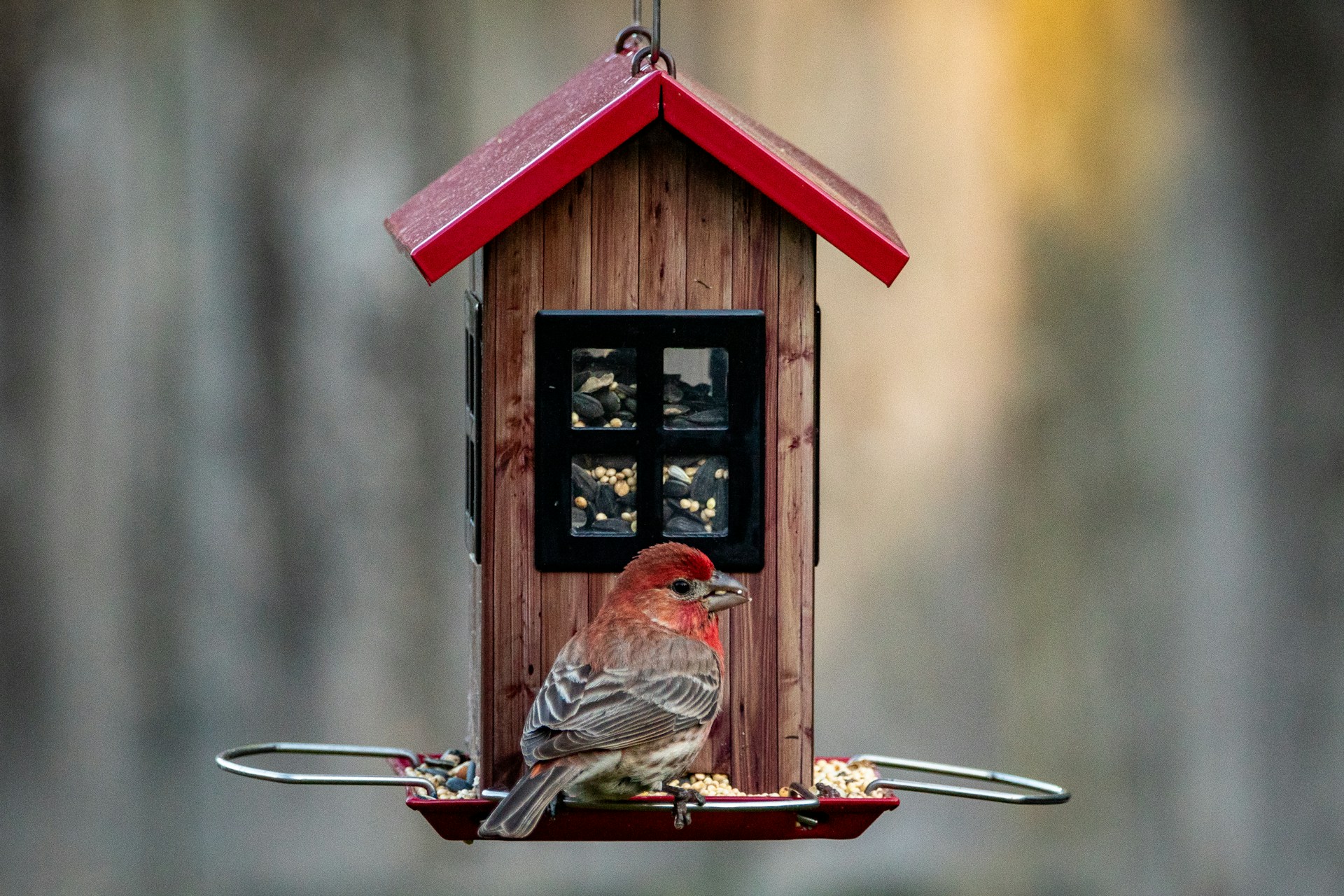PROTECT YOUR DNA WITH QUANTUM TECHNOLOGY
Orgo-Life the new way to the future Advertising by Adpathway Eastern tiger swallowtail butterfly in PA (photo from Wikimedia Commons)
Eastern tiger swallowtail butterfly in PA (photo from Wikimedia Commons)9 July 2025
Tiger swallowtails are one of the few butterflies I can identify so I’m always happy to see them in the city parks. I thought they were just plain “tiger swallowtails” until I learned there are two species in Pennsylvania. My thimble full of butterfly knowledge overflowed so I’m passing it along.
The eastern tiger swallowtail (Papilio glaucus) is the only species we have in Allegheny County because the Canadian tiger swallowtail (Papilio canadensis) requires a cooler climate.
In Pennsylvania P. canadensis is limited to the upper elevations so you’ll find them an hour east of us in the Laurel Highlands. However, P. glaucus is probably there too and where their ranges overlap in New England they produce hybrids.
 Range maps of eastern (left) and Canadian (right) tiger swallowtails (maps from Wikimedia Commons)
Range maps of eastern (left) and Canadian (right) tiger swallowtails (maps from Wikimedia Commons)Compare the Canadian tiger swallowtail (Papilio canadensis) below to the eastern tiger swallowtail (Papilio glaucus) at top.
 Canadian tiger swallowtail in Ontario (photo from Wikimedia Commons)
Canadian tiger swallowtail in Ontario (photo from Wikimedia Commons)The colors in the photos may confused you but they hardly matter. Bugguide.net for Papilio canadensis explains how to tell them apart:
Adult: inner margin of P. canadensis hindwing has wide black stripe (whereas the otherwise similar – though larger – Eastern Tiger Swallowtail has a thin black stripe in that area).
Larva: mature larvae os P. canadensis are dark green, with two spots that look like eyes on the swollen section of the body behind the head; this creates a snake-like profile. Immature larvae are brown and white, resembling bird droppings (CBIF)
— Bugguide.net Papilio Canadensis accountYou can see the hindwing difference in this side-by-side comparison if you look closely. This ID tip relies on the butterfly holding still, eh? If it’s hard to see in the photos, click on the image for a marked up copy outlining it.
 Eastern and Canadian tiger swallowtails side-by-side (photos from Wikimedia)
Eastern and Canadian tiger swallowtails side-by-side (photos from Wikimedia)Their larvae have slightly different food preferences may help identify them (listed below from Wikipedia).
Host plants of P. glaucus include:
Wild black cherry (Prunus serotina) Ash (Fraxinus species) Cottonwood (Populus species) Wafer ash or hoptree (Ptelea trifoliata) Common lilac (Syringa vulgaris) Sweet bay magnolia (Magnolia virginiana) Tulip poplar or tulip tree (Liriodendron tulipifera) Willow (Salix species)Host plants of P. canadensis include:
Birches (Betula sp) Poplars, aspens, and cottonwoods (Populus sp) Apple trees (Malus sp.) Black cherry (Prunus serotina)The tiger swallowtails’ range overlap and possible hybridization in Pennsylvania are similar to our chickadee species overlap. See Pittsburgh’s Puzzling Chickadees for the story.























 English (US) ·
English (US) ·  French (CA) ·
French (CA) ·